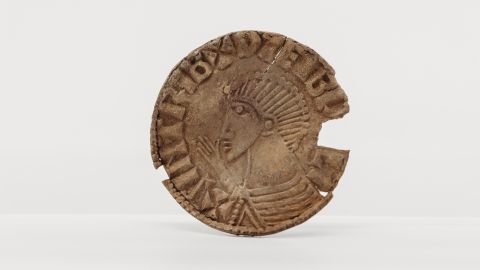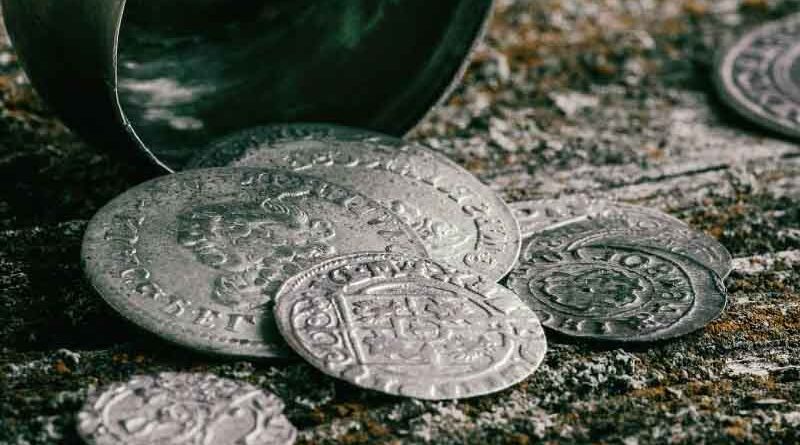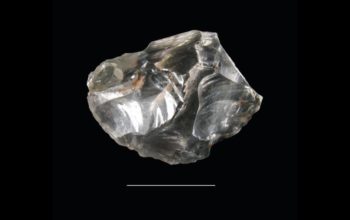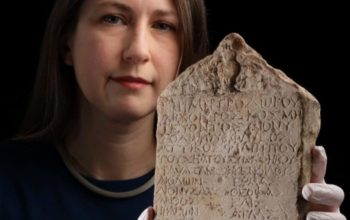Cat Giles, an amateur treasure hunter uncovered a Viking age stockpile of 1,000-year-old coins and artifacts from the Isle of Man, in the Irish Sea
The trove included 87 silver coins, 13 pieces of cut, silver arm-rings, or “hack silver,” and various other relics.
The following written content from Russell Manning

On the Isle of Man in Britain, an amateur archaeologist Cat Giles with a metal detector found a cache, which scientists have dubbed the “piggy bank” of the Viking Age. This “piggy bank” had been storing someone’s savings for thousands of years.
As BBC News reports, the “piggy bank” was discovered on the Isle of Man several months ago. However, it is not customary to immediately report such finds in Britain.
First of all, the objects found by amateurs are studied by experts. Then they make a conclusion. If a find is declared a “treasure”, it means that its archaeological value is officially recognized. Only after that, the public is informed about the discovery.
And so it happened in this case. The “piggy bank”, about 1000 years old, was found by former police officer Cat Giles in a field in northern Maine. Giles had made headlines before: a year ago she found a whole collection of gold and silver jewelry from the Viking Age.

In the “piggy bank” were 87 whole and fragmentary preserved coins. The fact is that during the Viking Age coins were often bitten off pieces, which were used as change. The coins found were minted in England, Ireland, Germany and the Isle of Man itself.
Allison Fox, curator of archaeology at the Isle of Man National Heritage Foundation, believes their study will help better understand the “complex Viking-era economy” around the Irish Sea.
Note that the “piggy bank” contained only silver coins dating from between 1000 and 1035 AD. All indications are that someone wanted to hide their savings very securely, but for some reason did not return for them.
According to Christine Bornhold-Collins, an expert from the United States, this cache should not be called a hoard, but a “piggy bank” for the reason that it was clearly replenished over a period of time, perhaps decades.
The owner of the hoard periodically put coins into it; this fact explains the considerable variability of dates of origin of the coins. By the way, the “piggy bank” also contained 13 silver rings, which at that time were also used as currency. Read more from Free





